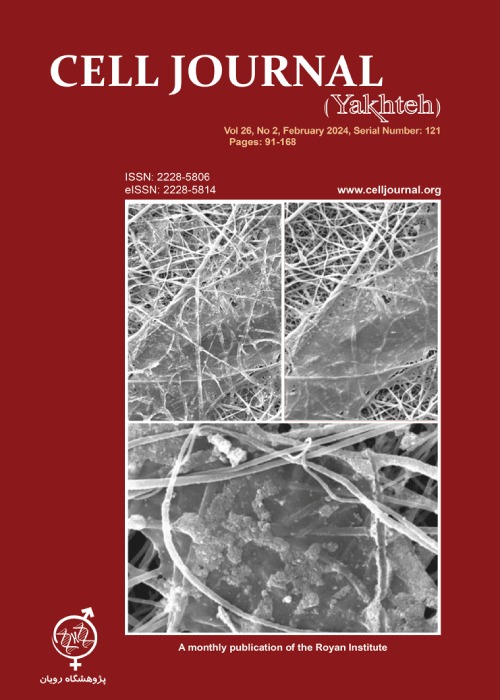Subcellular Distribution of S-Nitrosylated H-Ras in Differentiated and Undifferentiated PC12 Cells during Hypoxia
Author(s):
Abstract:
Objective
Hypoxia or exposure to excessive reactive oxygen or nitrogen species could induce S-nitrosylation of various target proteins, including GTPases of the Ras-superfamily. Under hypoxic conditions, the Ras-protein is translocated to the cytosol and interacts with the Golgi complex, endoplasmic reticulum, mitochondria. The mobility/translocation of Ras depend on the cells oxidative status. However, the importance of relocated S-nitrosylated-H-Ras (NO-H-Ras) in proliferation/differentiation processes is not completely understood. We have determined the content of soluble- and membrane-bound-NO-H-Ras in differentiated (D) and undifferentiated (ND) rat pheochromocytoma (PC12) cells under hypoxic and normoxic conditions.Materials And Methods
In our experimental study, we analyzed NO-H-Ras levels under hypoxic/normoxic conditions in membrane and soluble fractions of ND and D PC12 cells with/without nitric oxide donor, sodium nitroprusside (SNP) treatment. Cells were analyzed by the S-nitrosylated kit, immunoprecipitation, and Western blot. We assessed the action of NO-H-Ras on oxidative metabolism of isolated mitochondria by determining mitochondrial hydrogen peroxide generation via the scopoletin oxidation method and ATP-production as estimated by the luminometric method.Results
Hypoxia did not influence nitrosylation of soluble H-Ras in ND PC12 cells. Under hypoxic conditions, the nitrosylation of soluble-H-Ras greatly decreased in D PC12 cells. SNP didnt change the levels of nitrosylation of soluble-H-Ras, in either hypoxic or normoxic conditions. On the other hand, hypoxia, per se, did not affect the nitrosylation of membrane-bound-H-Ras in D and ND PC12 cells. SNP-dependent nitrosylation of membrane-bound-H-Ras greatly increased in D PC12 cells. Both unmodified normal and mutated H-Ras enhanced the mitochondrial synthesis of ATP, whereas the stimulatory effects on ATP synthesis were eliminated after S-nitrosylation of H-Ras.Conclusion
According to the results, it may be proposed that hypoxia can decrease S-nitrosylation of soluble-H-Ras in D PC12 cells and abolish the inhibitory effect of NO-H-Ras in mitochondrial oxidative metabolism.Keywords:
Cell Hypoxia , Nitric Oxide , H-Ras , Mitochondria , ATP
Language:
English
Published:
Cell Journal (Yakhteh), Volume:19 Issue: 3, Autumn 2017
Pages:
443 to 451
magiran.com/p1727562
دانلود و مطالعه متن این مقاله با یکی از روشهای زیر امکان پذیر است:
اشتراک شخصی
با عضویت و پرداخت آنلاین حق اشتراک یکساله به مبلغ 1,390,000ريال میتوانید 70 عنوان مطلب دانلود کنید!
اشتراک سازمانی
به کتابخانه دانشگاه یا محل کار خود پیشنهاد کنید تا اشتراک سازمانی این پایگاه را برای دسترسی نامحدود همه کاربران به متن مطالب تهیه نمایند!
توجه!
- حق عضویت دریافتی صرف حمایت از نشریات عضو و نگهداری، تکمیل و توسعه مگیران میشود.
- پرداخت حق اشتراک و دانلود مقالات اجازه بازنشر آن در سایر رسانههای چاپی و دیجیتال را به کاربر نمیدهد.
In order to view content subscription is required
Personal subscription
Subscribe magiran.com for 70 € euros via PayPal and download 70 articles during a year.
Organization subscription
Please contact us to subscribe your university or library for unlimited access!


